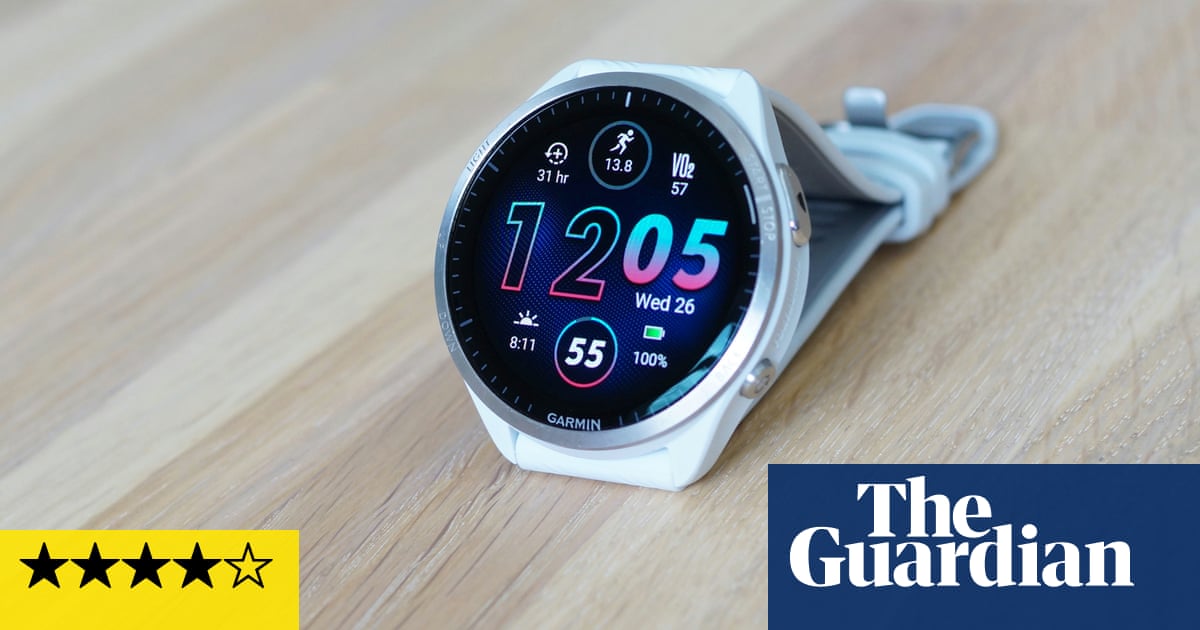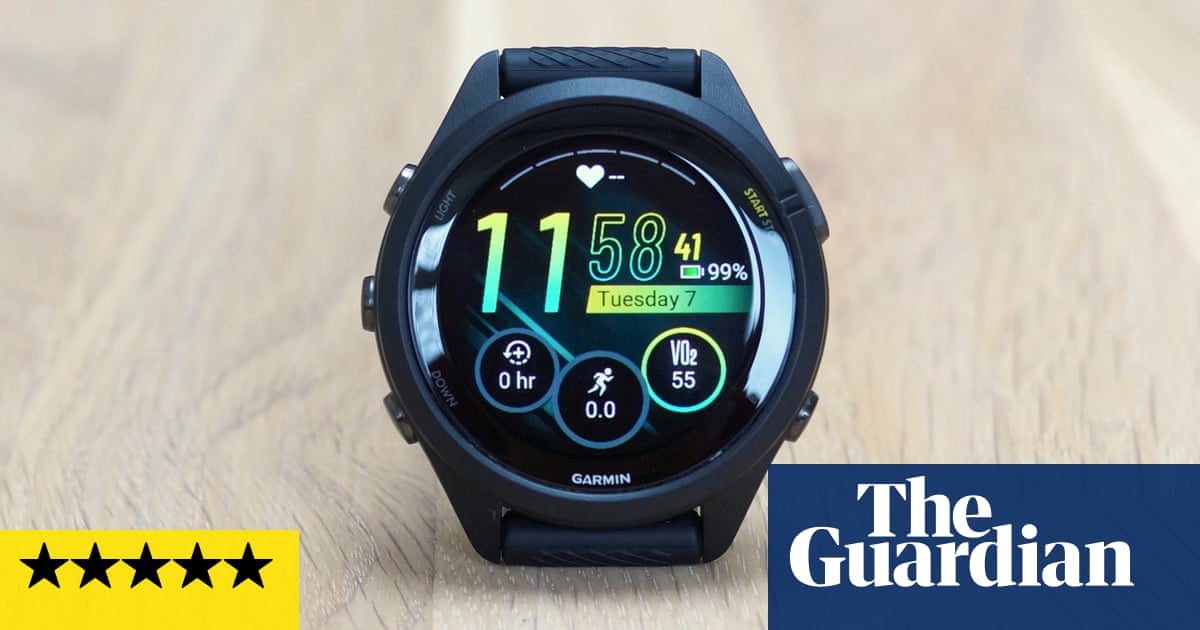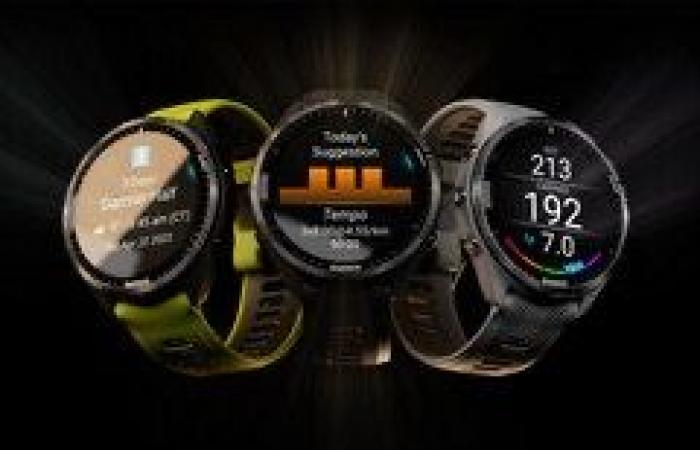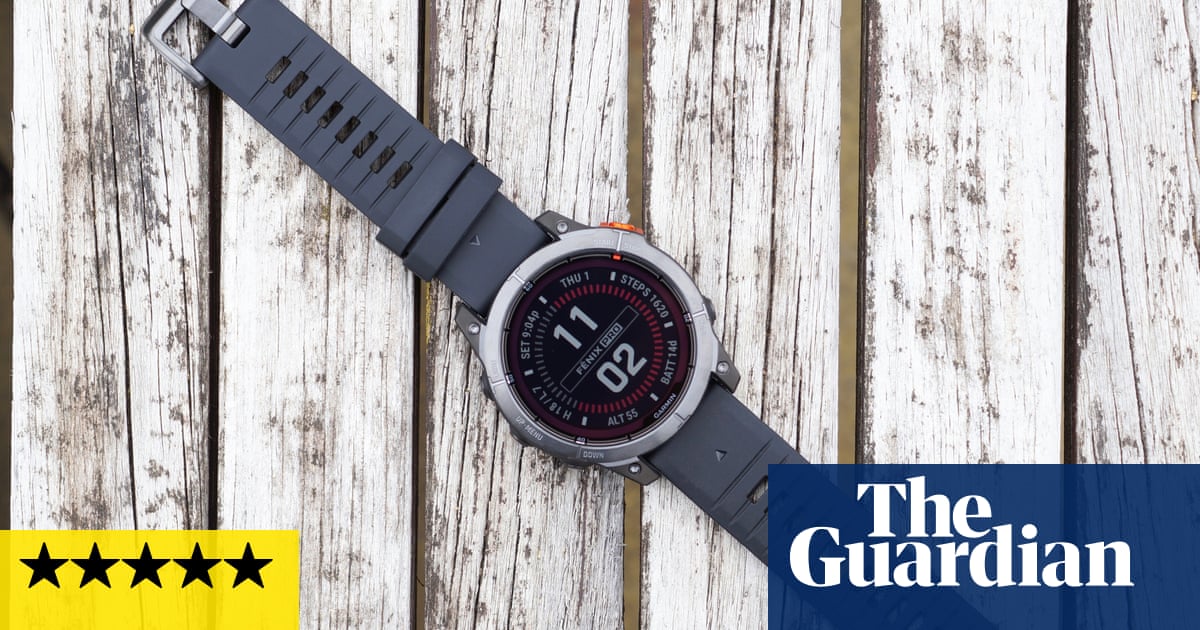
The Forerunner 965 is Garmin’s new top of the range running and triathlon watch that comes with a crisp and bright OLED screen for the first time – but at a hefty price.
The new watch tops the scales at £600 ($600/A$999) – £120 more than the LCD-equipped Forerunner 955 on which it is based. It joins the £430 Forerunner 265 and the £710 luxury Epix in Garmin’s new line of OLED sports watches.
Other than the display, the 965 is almost functionally identical to the 955, which is a good thing. It has the same great combo of touchscreen and buttons in the same lightweight 52g frame, with a comfortable fit and water resistance to 50 metres.
It is loaded with the same comprehensive sport and health tracking tools, capturing almost every metric during and after runs. The dual-band GPS is the most accurate available and the watch ships with onboard road, trail and topographic maps. Plus it has offline music options from Spotify, Amazon and Deezer.
The 965 is ever so slightly wider and thicker than its predecessor, accommodating the larger OLED 1.4in screen, which is its killer feature.
The screen is bright enough to see clearly in all light levels, automatically adjusting brightness to ambient conditions. It makes a huge difference for daily wearing. Watch faces are more detailed and attractive. The text of notifications, widgets and other data is easier to read. The clearer display is also big enough to fit more metrics on-screen during activities while keeping them intelligible at a glance, even in bright sunshine.
Specifications
Screen: 1.4in AMOLED
Case size: 47mm
Case thickness: 13.2mm
Band size: standard 22mm
Weight: 52g
Storage: 32GB
Water resistance: 50 metres (5ATM)
Sensors: GNSS (Multiband GPS, Glonass, Galileo), compass, thermometer, heart rate, pulse Ox
Connectivity: Bluetooth, ANT+, wifi
10-plus days of battery life
The screen upgrade comes at the cost of battery life. The 965 lasts about 10.5 days of 24-hour wearing with the screen on all the time, including sleep tracking overnight. That is far, far longer than OLED rivals and even three days longer than the Forerunner 265. But it is about five days shorter than the 955.
For activity tracking, the 965 lasts about the same as its predecessor for its automatic or highest-precision GPS modes. In testing, an hour’s run in automatic consumed about 5.5% of the battery or 7% with music. That’s certainly long enough for most runs, but it may not last long enough for ultramarathon runners. The 965 lasts up to 34 hours of tracking in its most energy-efficient mode, which falls far short of the up to 80 hours the 955 can stretch to.
Sustainability
The Forerunner 265 is generally repairable. The battery is rated to last at least a few years of frequent charge cycles while maintaining at least 80% capacity. The watch does not contain any recycled materials. Garmin guarantees at least two years of security updates from release but typically supports its devices far longer. It offers trade-in schemes for some lines and complies with WEEE and other local electronics recycling laws.
Price
The Garmin Forerunner 965 costs £599.99 ($599.99/A$999).
For comparison, the Forerunner 955 costs £479.99, the Forerunner 265 costs £429.99 and the Garmin Epix costs £710, the Polar Vantage V2 costs £429 and the Coros Apex Pro costs £350.
Verdict
The Forerunner 965 is best thought of as a fancier version of the excellent Forerunner 955. It doesn’t do anything significantly better, it just looks a lot nicer.
The sharper, brighter and larger OLED display can fit more information on-screen and certainly improves the display of maps and other detailed screens. But as a purpose-built training tool for enthusiasts I’d say the 955 still has the edge. It is cheaper and lasts longer between charges, with all the same training tools available.
So the biggest upgrade for the 965 is its attractiveness as a daily watch. It still looks like a sports watch, of course, and its lack of a voice assistant and advanced phone notifications holds it back compared with full smartwatches such as an Apple, Google or Samsung watch.
At £600, it is a lot of money for a sports watch but you can easily spend that on an Apple Watch or similar. So, as with the Forerunner 265, the 965 demonstrates that OLED screens are clearly the future of sports watches. They just command a hefty premium for the time being.
Pros: slim, light, real buttons, large and crisp OLED touchscreen, multiband GPS and full maps, extensive multisport stats, great health tracking, highly customisable, 10-day battery life, offline music, basic smartwatch features.
Cons: very expensive, no voice assistant, shorter battery life than LCD siblings, limited Garmin Pay compatibility with UK banks, no voice control and limited smartwatch features compared with Apple/Google/Samsung watch.












